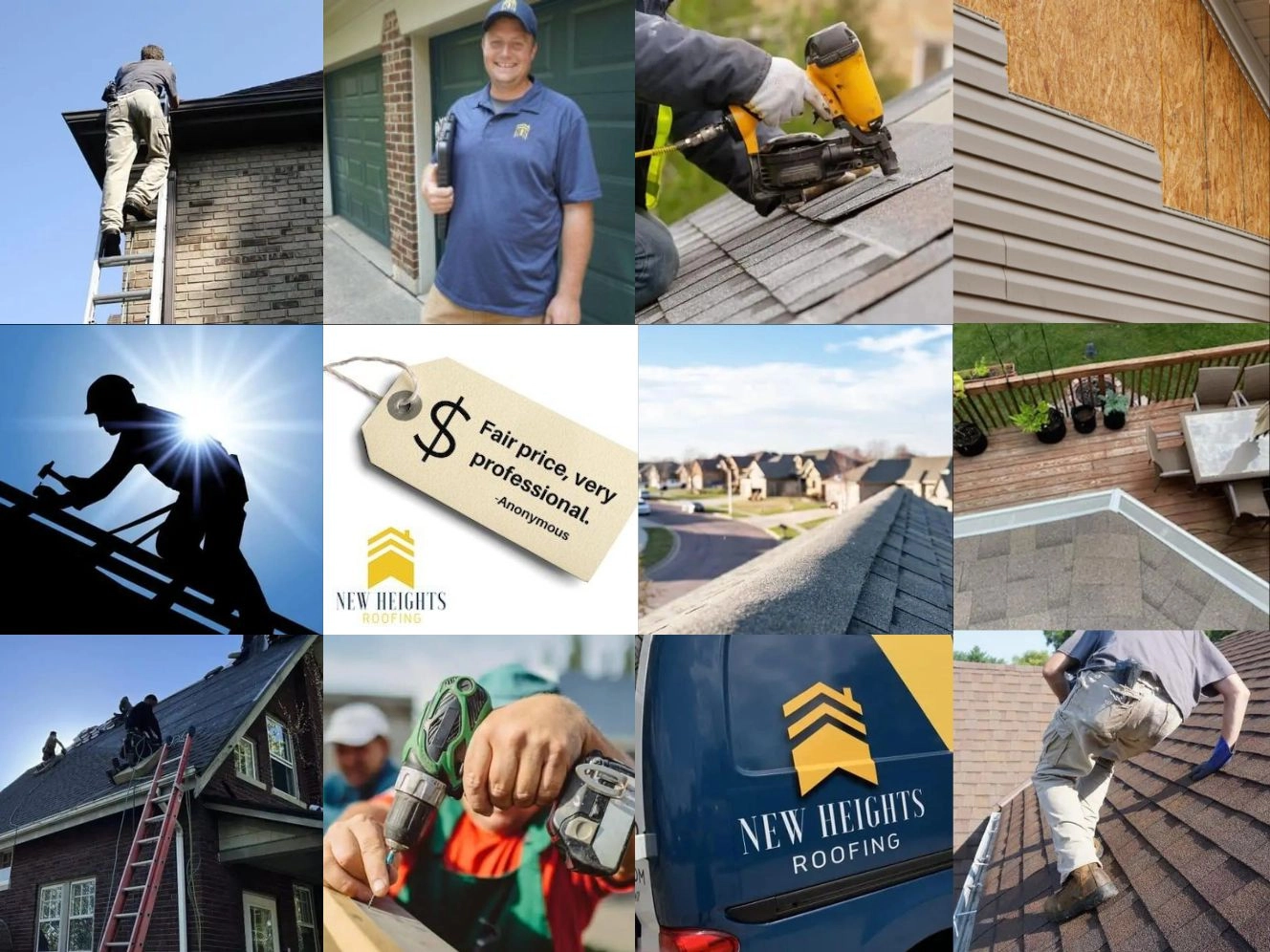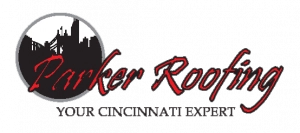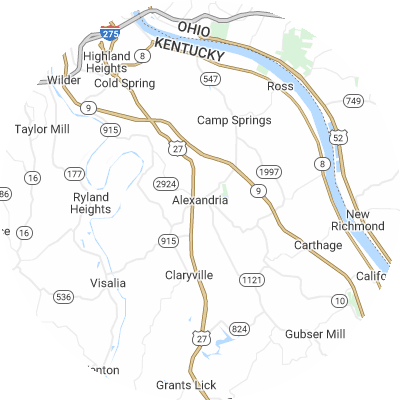Signs You May Need Gutter Guards
Gutter guards aren't always necessary, but the signs of clogged and overflowing gutters are clear. Indicators of ongoing gutter troubles are:
- Visibly damaged, sagging, or misaligned gutters that no longer correctly direct rainwater
- Frequent clogs that cause overflow and water to spill over gutters
- Mold growth, interior wall stains, or peeling exterior paint on walls near gutters.
- Soggy ground or visible erosion patterns around your foundation
- Leaky seams or joints where water leaks from the gutters
How To Choose a Gutter Guard Installer
Assess Their Experience
Look for an experienced gutter guard installation company that has been in business for several years and has installed a wide variety of guard types and models. These companies know how to properly take measurements and install gutter guards on your unique home setup. Ask how long they’ve been in business and request local referrals.
Verify Proper Licensing and Insurance
Always verify professional gutter guard installers are licensed, bonded, and hold workers compensation and general liability insurance. This protects you from liability for any injuries or accidents that might happen. Ask to see current licensing and insurance papers when talking with potential providers.
Choose Reputable Brands
Look for well-known gutter guard brands such as LeafFilter and Gutter Helmet when selecting an installer. Avoid off-brand or generic no-name guards, which likely have not gone through rigorous quality control testing.
Seek Custom Fit Services
Guards should be custom fitted on location to match your gutters. Select a company that custom measures and trims guards for your house rather than using universal guards. Guards fitted for your home leave no gaps for debris accumulation.
Examine Warranties
Top gutter guard companies are typically backed by 20-year or lifetime warranties covering leaks, rust, clogs, and other defects. Before picking a provider, read over its warranty terms on workmanship and materials guarantees. Warranties are the most effective way to protect your investment into your gutters.
Check Reviews and Referrals
It's a good idea to research online reviews on Google Reviews, the Better Business Bureau (BBB), Yelp, and other review sites to read customer feedback. Ask neighbors to suggest companies that provide quality local gutter guard installation. When researching, look for providers with consistently good feedback rather than only one or two sporadic reviews.
Types of Gutter Guards
There are six typical types of gutter guards. These include the following:
- Brush guards are what they sound like: large brush bristles that sit in your gutters to block debris but let water through. Brush guards cost around $4.06 per linear foot.
- Foam guards are large pieces of foam that rest in your gutters to stop debris. They're lightweight and easy to install. Foam guards cost roughly $2.47 per linear foot.
- Screen guards have large holes that allow water through while keeping out debris. Screen guards cost roughly $4.70 per linear foot.
- Mesh guards stop debris but let water through. Mesh guards have even smaller holes than screen guards. They're durable and encourage debris to slide off as opposed to sitting on top of the gutters. Mesh guards cost around $4.38 per linear foot.
- Micro-mesh guards are typically the most effective. Micro-mesh guards have smaller holes than standard mesh guards and let even less debris through. Micro-mesh guards cost roughly $5.43 per linear foot.
- Surface tension guards, also called reverse curve guards, use surface tension to allow water to flow into your gutter system while debris slides off. Normally, they are visible from the ground. Surface tension guards cost around $3.45 per linear foot.













